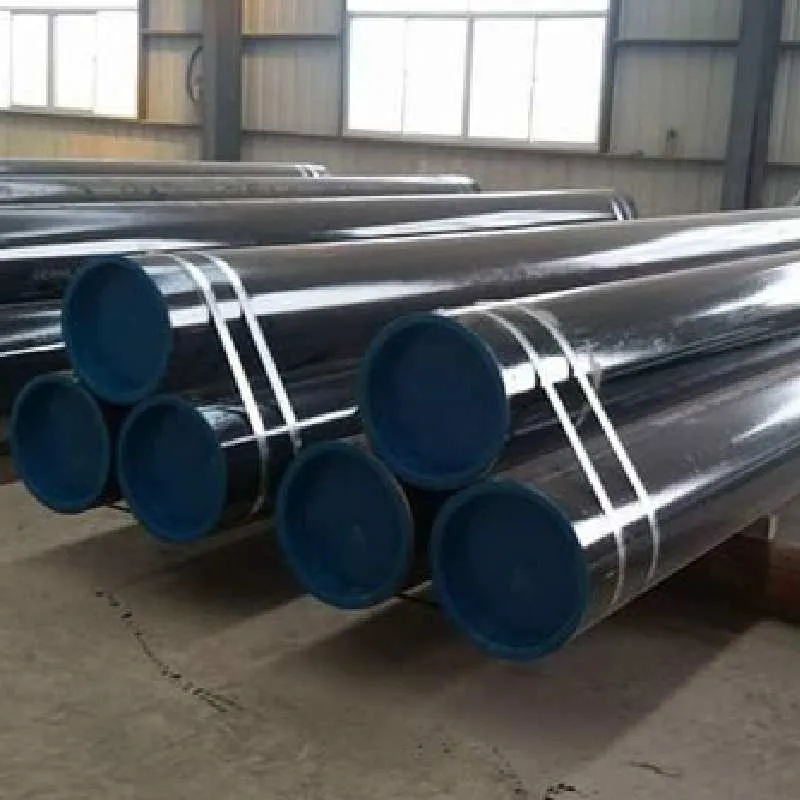-
Cangzhou Yulong Steel Co., Ltd.
-
Phone:
+86 13303177267 -
Email:
admin@ylsteelfittings.com
- English
- Arabic
- Italian
- Spanish
- Portuguese
- German
- kazakh
- Persian
- Greek
- French
- Russian
- Polish
- Thai
- Indonesian
- Vietnamese
- Zulu
- Korean
- Uzbek
- Hindi
- Serbian
- Malay
- Ukrainian
- Gujarati
- Haitian Creole
- hausa
- hawaiian
- Hebrew
- Miao
- Hungarian
- Icelandic
- igbo
- irish
- Japanese
- Javanese
- Kannada
- Khmer
- Rwandese
- Afrikaans
- Albanian
- Amharic
- Armenian
- Azerbaijani
- Basque
- Belarusian
- Bengali
- Bosnian
- Bulgarian
- Catalan
- Cebuano
- China
- China (Taiwan)
- Corsican
- Croatian
- Czech
- Danish
- Esperanto
- Estonian
- Finnish
- Frisian
- Galician
- Georgian
- Kurdish
- Kyrgyz
- Lao
- Latin
- Latvian
- Lithuanian
- Luxembourgish
- Macedonian
- Malgashi
- Malayalam
- Maltese
- Maori
- Marathi
- Mongolian
- Myanmar
- Nepali
- Norwegian
- Norwegian
- Occitan
- Pashto
- Dutch
- Punjabi
- Romanian
- Samoan
- Scottish Gaelic
- Sesotho
- Shona
- Sindhi
- Sinhala
- Slovak
- Slovenian
- Somali
- Sundanese
- Swahili
- Swedish
- Tagalog
- Tajik
- Tamil
- Tatar
- Telugu
- Turkish
- Turkmen
- Urdu
- Uighur
- Welsh
- Bantu
- Yiddish
- Yoruba

Nov . 01, 2024 16:30 Back to list
Varieties of Flange Types Used in Common Applications and Their Features
Common Flange Types An Overview
Flanges play a critical role in various industrial applications, serving as connectors between different sections of piping or equipment. They provide ease of assembly and disassembly, along with ensuring leak-proof seals under pressure. Understanding common flange types is essential for engineers and technicians involved in designing pipelines and machinery.
One of the most widely used flange types is the Welding Neck Flange. This type features a long tapered hub that allows for a smooth transition from the pipe to the flange. It is generally used in high-pressure applications because of its strength and ability to handle stress concentrations. The design also makes it easier to weld to the piping, ensuring a solid, leak-proof joint.
Another prevalent type is the Slip-on Flange, which is designed to slip over the pipe. This flange type is popular due to its ease of installation and cost-effectiveness. However, it is less robust compared to the welding neck flange and is usually used in low-pressure systems.
common flange types

The Blind Flange is an essential component that is used to seal the end of a piping system. It does not have any hole in the center, effectively closing off the pipeline. Blind flanges are crucial in termination points such as the end of a pipeline or for access points for maintenance and inspection, making them indispensable in many industries.
Socket Weld Flanges are another common type, designed for small-diameter pipes. They have a socket into which the pipe is inserted and then welded around the circumference. These flanges are beneficial in systems where space is limited and are often found in chemical plants and refineries.
Finally, the Lap Joint Flange is used in conjunction with a stub end. Its unique design allows for easy alignment and sufficient flexibility, making it ideal for applications where frequent dismantling is required.
In summary, selecting the appropriate flange type is crucial for the efficiency and safety of any piping or equipment system. Each type offers distinct advantages tailored to different industrial needs, from pressure handling to ease of installation and maintenance. Understanding these common flange types ensures that engineers can make informed decisions that enhance the reliability and performance of their systems.
Latest news
-
ANSI 150P SS304 SO FLANGE
NewsFeb.14,2025
-
ASTM A333GR6 STEEL PIPE
NewsJan.20,2025
-
ANSI B16.5 WELDING NECK FLANGE
NewsJan.15,2026
-
ANSI B16.5 SLIP-ON FLANGE
NewsApr.19,2024
-
SABS 1123 FLANGE
NewsJan.15,2025
-
DIN86044 PLATE FLANGE
NewsApr.19,2024
-
DIN2527 BLIND FLANGE
NewsApr.12,2024
-
JIS B2311 Butt-Welding Fittings LR/SR 45°/90° /180°Seamless/Weld
NewsApr.23,2024











